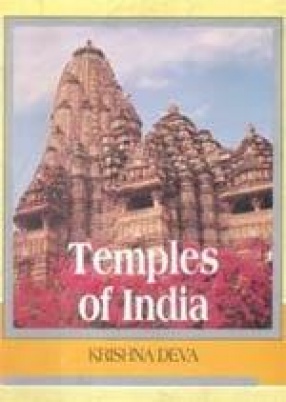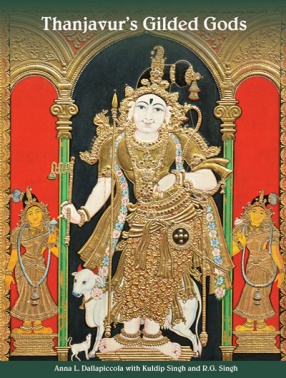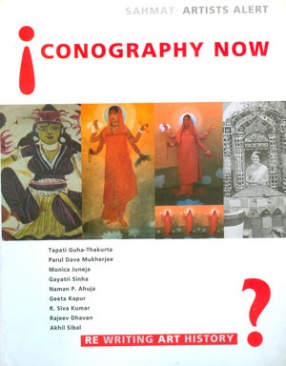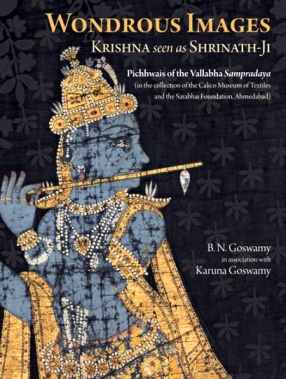Temples of India (In 2 Volumes)
Synopsis
This book narrates the fascinating story of the foundation and development of the architectural styles of north and south India, stretching from Kashmir to Kanyakumari and from coast to coast, highlighting their principal stages and substages. While both the regions share a common origin in thatched huts and modest timber forms, as reflected in early bas-relief depictions and their actual rock-cut representations, further evolution of the structural shrine in each region charters an independent course. The major south Indian styles of peninsular India have a lineal development from the Pallava prototypes. The monolithic Pallava Rathas (7th century A.D.) are concretised as structural vimanas which have their glorious flowering during the Chola supremacy. Thereafter under the succeeding Pandya, Vijayanagara and Nayaka regimes further elaboration is achieved by vertical and horizontal expansion, accompanied by progressive evolution of the pillar order and some other constituents. In the north there is a logical development from a flat-roofed cubical cella preceded by a pillared porch of the early Gupta period (4th-5th century A.D.) The simple structure gradually undergoes expansion, horizontal as well as vertical, in the following centuries. The horizontal expansion is achieved by the addition of mandapas of sorts while the vertical aspiration is met by experimenting with a variety of roof forms, of which rekha-sikhara was regared as most appropriate and adopted as a standared format and cognizance of the northern (Nagara) architecture. It is but natural that the form of the nagara sikhara, so widespread, would show regional variations, which is well illustrated when the 7th century sikharas of Gujarat, Madhya Pradesh and Orissa are compared inter se. Though conceptually alike, their treatment and further elaboration evince regional accents which become sharper as time advances. Regional variations are reflected not only in the sikhara profile but also in the varying structural proportions, sculptural programme of exterior and interior, and architectural designs of constituents like pillars, doorways, ceilings, etc. The book identifies and studies distinctive features of the principal architectural styles of the north and south against a background of their cultural and political development, the latter not inconsiderably conditioned by dynastic patronage. The book in two volumes of text and plates (with nearly 100 drawings and over 300 photographs) embodies the latest researches on temple architecture. It will be useful not only to the scholar and serious student but also to the lay reader.
Read more
130.50
117.45
$
145.00 $
Free delivery Wolrdwidе in 10-18 days
Ships in 1-2 days from New Delhi
Membership for 1 Year $35.00
Get it now and save 10%
Get it now and save 10%
BECOME A MEMBER








Bibliographic information